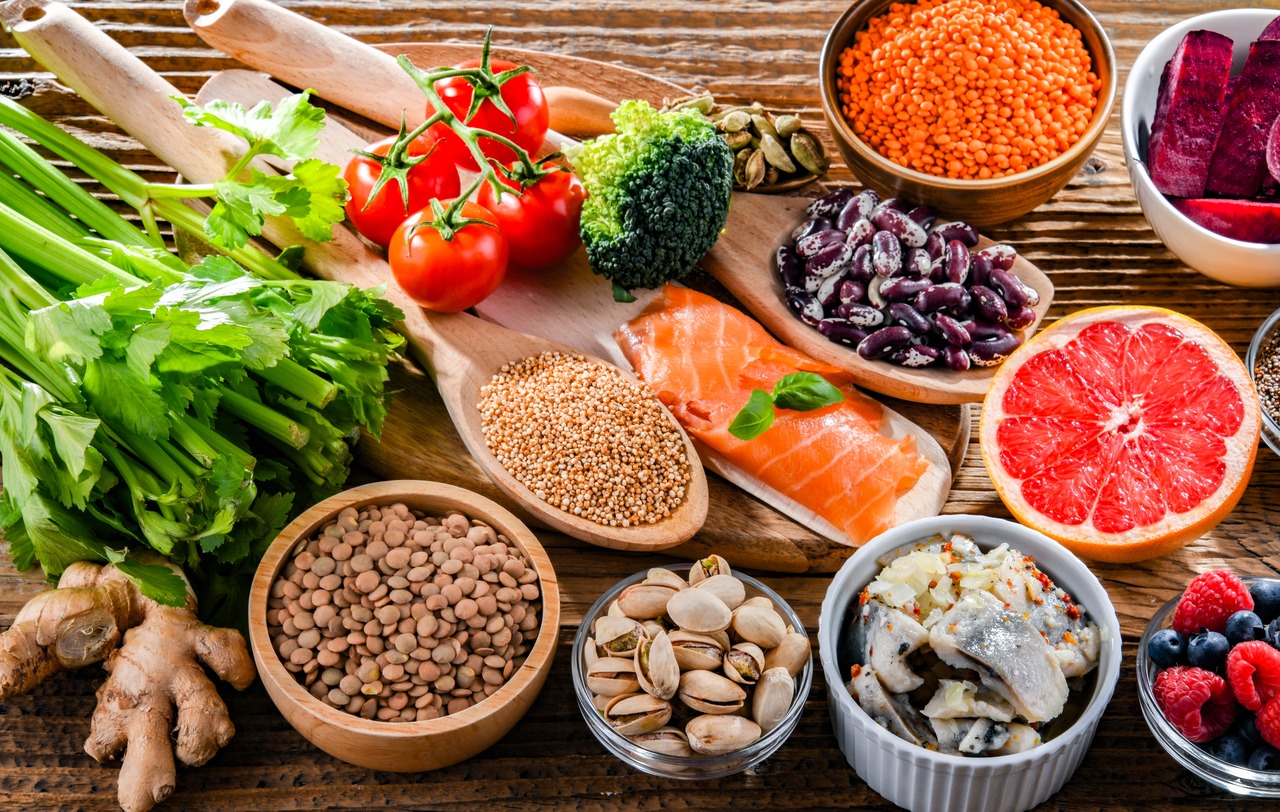How to Lower Blood Pressure with Simple Foods and Remedies
High blood pressure (hypertension) is a major health concern that affects millions of people worldwide. If left unchecked, it can lead to serious health conditions, such as heart disease and stroke. Fortunately, there are natural ways to help manage and even reduce blood pressure through diet and lifestyle changes. In this post, we’ll explore the top natural remedies and foods that can help lower blood pressure and improve heart health.
1. Potassium-Rich Foods: Your Secret to Better Blood Pressure
Potassium helps balance the negative effects of sodium in your body, which can lower the pressure on your blood vessels. Adding potassium-rich foods to your diet is an effective way to naturally reduce blood pressure. Some great sources of potassium include:
- Bananas
- Sweet potatoes
- Spinach
- Tomatoes
- Avocados
Incorporating these potassium-packed foods into your daily meals can help manage blood pressure levels and promote overall heart health.
2. Garlic: A Heart-Healthy Natural Remedy
Garlic has been known for centuries for its many medicinal properties, including its ability to help lower blood pressure. The active compound in garlic, allicin, has been shown to help relax blood vessels and improve blood flow. You can enjoy garlic in your cooking, or take it in supplement form after consulting with your doctor.
3. Beetroot: A Natural Blood Pressure Regulator
Beetroot is packed with nitrates, which help relax blood vessels and improve blood flow. Drinking beetroot juice or adding roasted beets to your meals can help lower blood pressure quickly. Studies show that regularly consuming beetroot juice can significantly reduce blood pressure. So, why not try this tasty and nutritious root veggie?
4. Dark Chocolate: The Sweet Way to Lower Blood Pressure
Yes, you read that right—dark chocolate (with at least 70% cocoa) can help lower blood pressure! The flavonoids in dark chocolate help improve blood flow and relax blood vessels. Enjoying a small amount of dark chocolate each day can be a heart-healthy treat. Just remember to enjoy it in moderation!
5. Omega-3 Fatty Acids for Heart Health
Omega-3 fatty acids are essential fats that can help reduce inflammation, improve circulation, and lower blood pressure. These healthy fats are found in:
- Fatty fish like salmon and mackerel
- Flaxseeds
- Chia seeds
- Walnuts
Incorporating omega-3-rich foods into your diet can support long-term heart health and help control high blood pressure.
6. Leafy Greens: Nature’s Blood Pressure Fighters
Leafy greens such as spinach, kale, and Swiss chard are rich in magnesium, a mineral that helps regulate blood pressure. They are also high in potassium, which helps balance out the effects of sodium. Add a variety of leafy greens to your diet through salads, smoothies, or stir-fries to help manage blood pressure naturally.
7. Cinnamon: A Powerful Spice for Blood Pressure Control
Cinnamon is not just a flavorful spice—it’s also been shown to help lower blood pressure. Studies suggest that consuming cinnamon can reduce both systolic and diastolic blood pressure by improving blood vessel function. You can add cinnamon to your coffee, oatmeal, or smoothies for an extra boost to your heart health.
8. Hibiscus Tea: A Delicious Herbal Remedy
Hibiscus tea is made from the dried flowers of the hibiscus plant and has been shown to lower blood pressure naturally. Rich in antioxidants, hibiscus helps relax blood vessels and improve circulation. Drinking a cup of hibiscus tea daily can help reduce hypertension and promote better heart health.
9. Hydration: Don’t Forget to Drink Water
Staying hydrated is crucial for maintaining healthy blood pressure levels. Dehydration can cause blood vessels to constrict, which may lead to higher blood pressure. Aim to drink at least 8 cups of water a day, and feel free to hydrate with water-rich foods like cucumbers, watermelon, and oranges.
10. Exercise Regularly to Lower Blood Pressure
Physical activity is one of the most effective ways to reduce high blood pressure. Regular exercise strengthens the heart, improves circulation, and helps maintain healthy blood pressure levels. Aim for at least 30 minutes of moderate exercise, such as walking, swimming, or cycling, most days of the week.

